We have all been in Ainsley Wagoner’s shoes at one point or another: the worry and dread of having the start anew somewhere. Growing up in her hometown of Lexington, Kentucky, Wagoner found herself entrenched with the art collective Resonant Hole. When the time came to pack up and move to her residency of San Francisco, she knew that the environment would be drastically different. Wagoner found her footing within the music scene slowly but steadily to where now she has become one of the can’t miss performers.
Wagoner’s debut effort under the moniker Silverware, No Plans, highlights her growth as a musician. Presenting a yielding demeanor within the tracks, themes of self-healing, reflection, and sorrow offer a gentleness throughout the album. Wagoner’s influence of 60’s folk and the art-pop sensibilities are highlighted from start to finish with a undeniable freedom and independence.
I’m sure you have been asked this countless times, so apologies in advance: How have you been since the beginning of the pandemic?
This has been a terrible year for so many people. And I don’t feel like I deserve to have escaped that fate, any more than anyone else, but for some reason I have. So I’m immensely aware of my privilege and humbled by how the pandemic has made me re-evaluate the ways I derive self-worth.
Did you found yourself writing throughout this unprecedented time more or less than you had been?
It’s been harder for me to write. I used to do it in precious snatches of time before I left for work and when I returned home, which made those small windows of creative time feel urgent and escapist. Once home became the place where everything happened, it was more difficult for me to drop into that headspace. But I’ve gotten in a groove in 2021 and have some momentum. It just happens in smaller bits, so I write slower and over a longer period of time, which I think results in better songs.
You grew up with parents who were cemented within the church choir. Did you at any point find yourself not wanting to be a part of it as well?
Growing up performing Western sacred and classical music, I certainly took it for granted and was more interested in what was unfamiliar – what I was finding through my friends and felt the moment. For a long time, I did both. I was in school ensembles and playing the organ at a church throughout high school and college while simultaneously listening to emo and indie and college radio and playing in bands. But I was always more naturally curious about new sounds and electronic instrumentation and pop production techniques than I was in classical instrumentation. I love the pop song as a vehicle for expression, and I’m fascinated by the craft of lyricism and emotionally direct songwriting, so that was the type of music I wanted to dialogue with.
What was the moment where you knew creating music was needing to be explored more than you anticipated?
Until I moved to San Francisco, I didn’t take it very seriously. It was the world I was raised in and the friends I gravitated toward, and I just always did it and always organically found myself in bands. Even in college, doing Resonant Hole projects and starting Silverware, it mostly felt like what my friends and I did for fun, even though we worked hard at it. Some people tailgated and bar-hopped; we recorded a compilation of made-up joke bands and shot bizarre music videos and planned variety shows.
When I moved to SF in 2014, I stopped making music because I didn’t know anyone to collaborate with and part of me thought I only had done it because of the influence of my friends and family. But in 2016, I started feeling really envious when I would hear music I liked. I couldn’t listen without wishing I was in the pursuit of the same goal. So that was when I realized not only that I had to do it, or else I’d be deeply unhappy, but also that I needed to be more intentional about it, that I’d no longer be buoyed by the enthusiasm and momentum of my friends. It was time to chart my course.
Branching out from singing within your church, did you find any resistance from your family or the patrons? I have heard stories from musicians that have experienced pushback from doing so.
Definitely not. I was in a really encouraging environment, both in the context of my family and the churches I played music in. They didn’t always understand what I was trying to do, but they were proud of me. In some ways, the fact that people were so supportive messed me up in its own way because I thought I wasn’t doing it right if I wasn’t pissing my parents off. But it turns out “pleasant but misunderstood” is kind of my brand.
What were the early stages of moving from a moderately sized such as Lexington to a large metropolitan place like San Francisco?
I was excited to move here. The early stages were a mix of being starry-eyed over new experiences and the progressive culture of San Francisco, plus the paralyzing feeling of not knowing how to do anything or get around. I always loved big cities, so I was energized by the rush of actually living and working in one, but there were certain things I had to learn about life here. In the first year or so, I think I really changed the way I interacted with people in public. My idea of being polite to strangers went from smiling and making eye contact to minding my own business and keeping interactions efficient.
How long did it take for you to throw yourself into the music scene in San Francisco?
It was 2017 when I started putting myself out there and going to open mics, checking out different scenes, and trying to find people to play with. So it took me about three years to work up the nerve and a solid year of trial and error to find my people. But when I found them, I knew.
Being a part of the scene now, how much have you picked up musically from the individuals you have seen and played music with?
A lot. Musicianship and stage presence, how to lead your own project, and a way of presenting yourself as an artist (both in performance and in promotion) that is authentic and not image-centric. I had some hang-ups about re-committing to the pursuit of music that I unlearned because of the great examples I’ve encountered here. I worried that I’d need to fit a certain mold, and I wasn’t sure how to be myself or even what it’d look like to be doing this past my 20’s. Still, I’ve met so many people whose music and performances felt like a natural extension of themselves and not a persona they had to maintain. So that freed me to construct what that would be for me more loosely.
What were some of your influences when you were writing No Plans?
Mitski’s Puberty 2, Feist’s Pleasure, Nilufer Yanya’s “Heavyweight Champion Of The Year,” Laura Stevenson’s “Living Room, NY,” Lykke Li’s I Never Learn, Rostam, Pure Bathing Culture, Gia Margaret, Worthitpurchase, FKA Twigs, Angel Olsen, Alison Krauss, Julien Baker
What is the meaning behind the album title?
Well, it was a combination of its meaning changing in the context of a pandemic (having no plans as a fantasy in the midst of an overcommitted life vs. having all plans canceled in the course of recording this album) as well as my feeling that it was one of the most successful songs on the album, in terms of creating a very specific atmosphere. I knew it wouldn’t be the lead single or function like a typical title track, but I thought of it as the soul of this collection of songs – the baseline from which all the other moods deviate.
You recorded No Plans in Tiny Telephone Studios, which closed this past July. Could you talk about how special the recording studio was for you?
It was an institution. Luckily, there is still Tiny Telephone Oakland, but the SF location was the first and had the homiest feel. It’s special in general because of what it has meant to the city – being one of the most affordable places to get studio time, which makes it accessible to people like me who are self-funding their projects. Also, its analog creates a signature sound that subtly connects all the records that have been made there.
For me particularly, it felt like a place where I could learn to make a record without scrutiny or judgment. Both because of the aforementioned affordability and John Vanderslice’s approachability, but also because it’s a place where talented young engineers built their chops. I hugely benefited from that by getting to work first with Sami Perez and Spencer Hartling on two prior singles and then making this album with Omar Akrouche. It felt like a place where I could tap into a storied history and learn from and grow alongside other musicians and engineers at the beginning of their careers.
When you began recording, did you have everything mapped out, or did you allow some outside inspiration to blend in?
There was a lot that we wrote and experimented with within the studio. I’d been performing with a stripped-down lineup (drums, synth bass, keys, and guitar) so I came in with the songs basically as we’d been playing them as a 3-piece and some general ideas of the spirit of each song. I approached it as a collaboration with Omar, and I knew from recording at Tiny Telephone previously that the sound would be shaped by the instruments on hand as well as analog recording tricks that we’d try in the moment.
Listening to No Plans, I catch all of these subtle homages to your previous efforts merging. Was that the vision going into the album?
That makes sense. I was interested in the challenge of making an album, in general, so my vision going into No Plans was to figure out how to make a cohesive body of work that was a progression of what I’ve done up to that point. My strategy for doing that was to surrender to the influence of the studio and the collaboration with Omar and to intentionally incorporate symbolic elements that were nods to my roots – stacked harmonies, using the organ as much as possible sparse instrumentation, and vocal-centric arrangements.
Working at Adobe, you have been fortunate enough to flex your creative muscles in other ways. Do you find that your work seeps into how you approach your music?
For sure. Being a designer in a professional setting definitely influences the way I structure musical projects. I set deadlines as a forcing function (like booking studio time or committing to a release date), and I love building a team of people with complementary strengths. Working at Adobe, I have so many talented friends that collaborate on the non-musical aspect of these projects – from the amazing portraits taken by Marisa Bazan with makeup by Angelie Herreria to the design and layout of 2019’s Finish Line / Need Me Too 7″ by Emma Zhang, to the music videos I’ve made with Marisa, Will Ruby, Courtney Stack, Jonny Prandato, James Stallmeyer, and so many others. I’ve met a ton of creative people at work that has talents far beyond what we do at our day jobs. Building on the music to create the visual accompaniment is exciting to me, so having a multidisciplinary team of people to do that with has been influenced and enabled by working at Adobe.
What are you looking forward to in the foreseeable future?
I know everyone says this, but I really look forward to starting on the next album. I have a long list of things I want to do better and ways I want to improve as a songwriter and recording artist, and I can’t wait for the opportunity to do that work. Omar and I were texting each other on release day like, “let’s do another one!” I’m pumped to keep working with him and other trusted collaborators that have been a part of this process.
I’m also just excited about this summer. I’m vaccinated and about to head back to Kentucky for the first time since October 2019. It’s the longest I’ve ever been away from home. I’m so ready to see my family and friends and my dog. It’s so beautiful there this time of year it’s unfair – the peonies and dogwoods are blooming, everything is green, and the horse farms look like postcard pictures. I can’t wait.


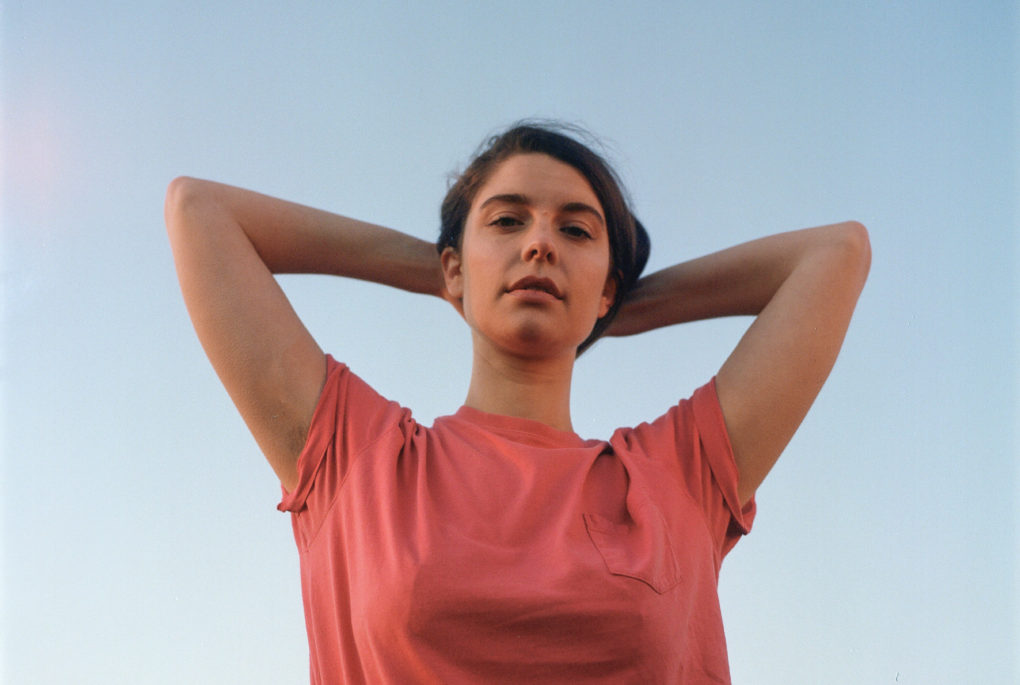
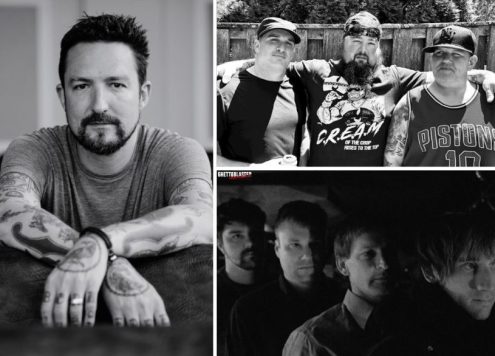
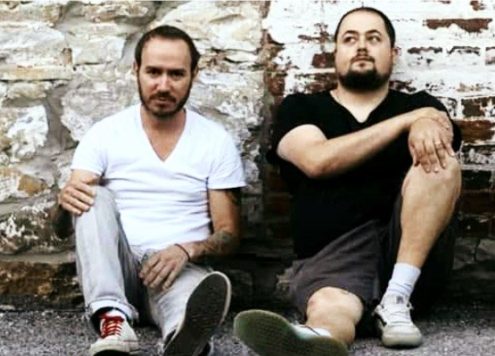
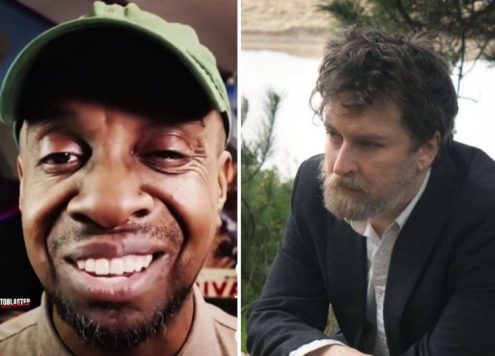



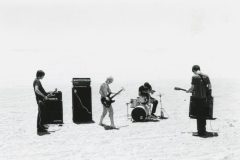
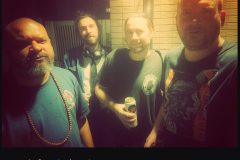

Social Media